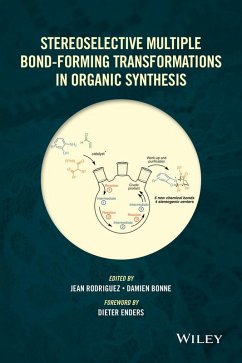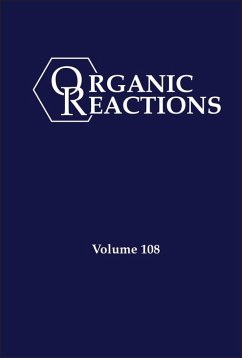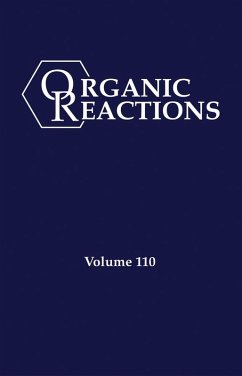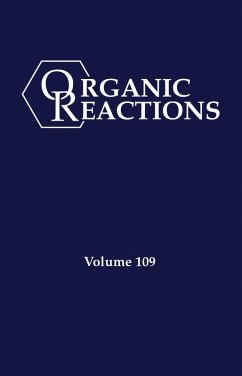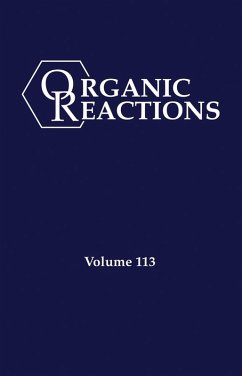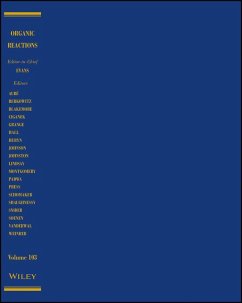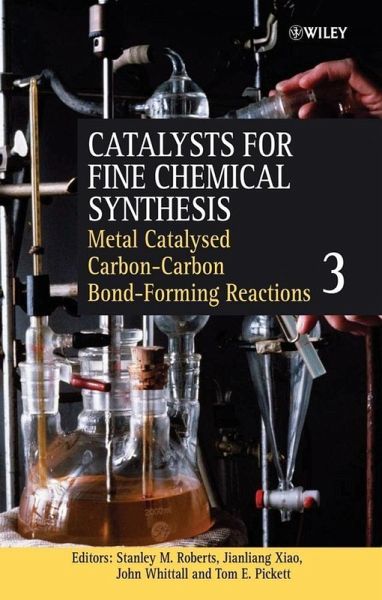
Metal Catalysed Carbon-Carbon Bond-Forming Reactions, Volume 3 (eBook, PDF)
Versandkostenfrei!
Sofort per Download lieferbar
212,99 €
inkl. MwSt.
Weitere Ausgaben:

PAYBACK Punkte
0 °P sammeln!
The chemist has a vast range of high-tech catalysts to use when working in fine chemical synthesis but the catalysts are generally hard to use and require both time, skill and experience to handle properly. The Catalysts for Fine Chemical Synthesis series contains tested and validated procedures which provide a unique range resources for chemists who work in organic chemistry."... of great value to synthetic organic chemists..." (The Chemists, Summer 2003)Volume 3 in the series focuses on catalysts for carbon-carbon bond formation and presents practical and detailed protocols on how to use sop...
The chemist has a vast range of high-tech catalysts to use when working in fine chemical synthesis but the catalysts are generally hard to use and require both time, skill and experience to handle properly. The Catalysts for Fine Chemical Synthesis series contains tested and validated procedures which provide a unique range resources for chemists who work in organic chemistry.
"... of great value to synthetic organic chemists..." (The Chemists, Summer 2003)
Volume 3 in the series focuses on catalysts for carbon-carbon bond formation and presents practical and detailed protocols on how to use sophisticated catalysts by the "inventors" and "developers" who created them. The combination of protocols and review commentaries helps the reader to easily and quickly understand and use the new high-tech catalysts.
"... of great value to synthetic organic chemists..." (The Chemists, Summer 2003)
Volume 3 in the series focuses on catalysts for carbon-carbon bond formation and presents practical and detailed protocols on how to use sophisticated catalysts by the "inventors" and "developers" who created them. The combination of protocols and review commentaries helps the reader to easily and quickly understand and use the new high-tech catalysts.
Dieser Download kann aus rechtlichen Gründen nur mit Rechnungsadresse in D ausgeliefert werden.



